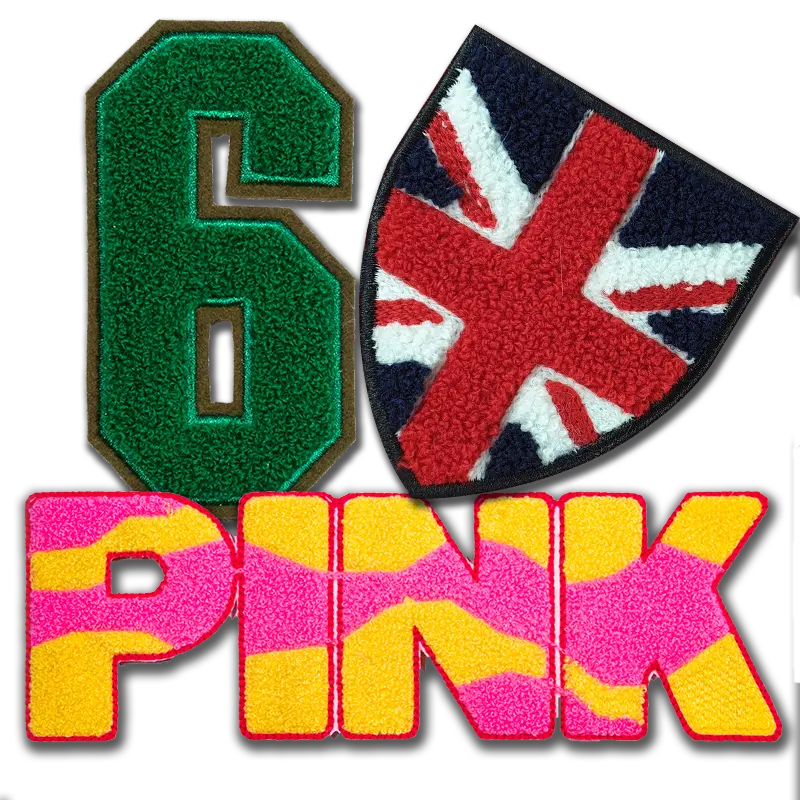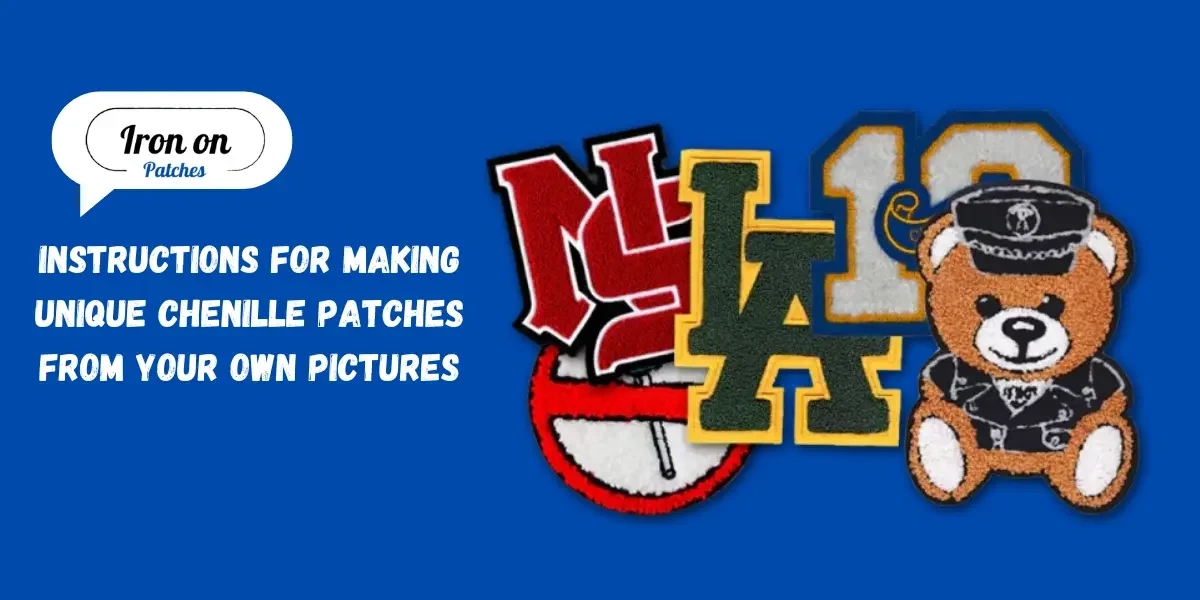Patchwork clothes from the 1980s and 1990s are making a comeback, like letterman coats. Now is a great time to buy chenille patches for your artistic merchandising needs.
In French, the word “chenille” means “caterpillar.” This comes from the way tuft, cord, or chenille fabric feels. It’s soft and carpet-like, like a caterpillar’s fur. Chenille has a unique texture that makes it look smooth and almost like a picture from a distance.
Chenille patchwork, like the writing on a varsity jacket, is something you’ve seen for a long time. Chenille is used in a lot of popular clothes at the store. You can order handmade chenille patches online to make things more unique.
Chenille vs. Embroidery: Why Should You Pick Chenille?
Most people get needlework and chenille work mixed up. Chenille is a type of embroidery because it is sewn onto fabric with thread and needles, but it is not the same as traditional embroidery. Traditional stitching and chenille embroidery are both ways to make patches, but they are very different in how they look, how much they cost, and how they are done.
Chenille is sewn from the bottom up using special machines. Short lengths of cloth, also known as piles, give the finished piece its unique soft look. The yarn takes on a raised shape.
Also, unlike regular embroidery, chenille embroidery can’t be put on the fabric directly. First, the pattern is sewn onto felt. Next, it is carefully cut out and put on the garment. Or to put it another way, chenille is made for patching.
Chenille and traditional needlework can also be used together to make your own patches. Chenille is used for the main pattern, and regular thread embroidery is used for any borders and extra details.
You made a great choice if you want to have your art made into handmade chenille patches. If you want your goods to stand out from the rest, chenille patches are the way to go. They look more elegant than embroidery patches. Any piece of art can be turned into chenille, numbers, letters, symbols, icons, and more. You can do anything you can think of!

Getting ready to make designs for custom chenille patches
How do I choose and send a design for my custom patch order? This is the first thing most people ask before they order patches.
Patches can be put on hats, clothing, bags, and even keychains. To begin, all you need is the right style. Here are some things to think about:
Size and Quality
Before getting a price, the first thing you need to make sure of is the size of your patch, which is based on the size of your artwork. The small standard size can be up to 1 inch wide and 1 inch tall. Any size bigger than 4 inches wide and 3 inches high can be used for the standard big chenille patches. An extra-large patch is one that is bigger than this.
It is important that you only send in high-resolution artwork if you want the best result. There should be no less than 150 dots per inch (dpi). If you want us to make unique chenille patches out of your art, please send us a 300 dpi image file.
Picture File and Template
You may send us your art in either.jpeg or.png format, but we suggest you use.png because it is a vector file type. It’s easier to make changes to vector images because they can be scaled up or down more easily. This means that if you need to change an image for a special patch, your artwork will be more accurate.
To make unique chenille patches from your art, you can either find free templates online or ask the company that makes patches for standard templates. If you want to make a drawing that isn’t just circles, squares, numbers, or letters, these can help, but don’t be afraid to use your imagination!
Backgrounds and colours
A good mix of colours is important for making a handmade chenille patch look great. You can use as many colours as you want, but the less colours you use, the better your image will look.
Look at well-known logos like those for Nike, Amazon, FedEx, and McDonald’s. They only use one or two main colours but are easy to remember. Less is more when it comes to picking colours for patch art!
Custom chenille patches wholesale are finished with a border made of chenille or embroidery. You can draw that edge around the outside of your art or work with your patch artist to make one you like.
Background colours that are different from the chenille patches are a great way to make an impact. Most main and pastel colours look good on a white background. The Starbucks and Pepsi logos are good examples of this.
With a black edge, you can make a striking colour scheme with yellow, green, and lighter shades of blue. Take a look around the internet for lots of cool chenille patch ideas if you can’t decide which colours to use together.
Finishing Up Your Artwork
When your picture file has the right colours and style, you can send it to get a quote. Before you choose a patch maker, make sure you get a free quote and that buying custom chenille patches is easy, with no minimum order size.
To stitch, finish the border, and cut the design perfectly on chenille embroidery patches, you need more than just a great design. You also need to pay close attention to every detail.
IronOnPatches is the only place you need to go for chenille patches.
Our top-of-the-line machine and our knowledge of how to turn your artwork into handmade chenille patches are what we offer.
We are very good at making unique patches here at Iron On Patches. We pay close attention to your order at every stage, from picking out the best threads and yarn to checking the finished product for quality.
Our artists have years of experience making all sorts of personalised chenille and embroidery patches wholesale, and they can handle any unique order and get it to you on time.
Get in touch with us right away to begin. Feel free to get in touch with us if you want to know more about chenille patches or get a free quote. We can help you with any patch needs!
Also read: https://irononpatches.us/whats-the-difference-between-a-woven-patch-and-embroidered-patches/

